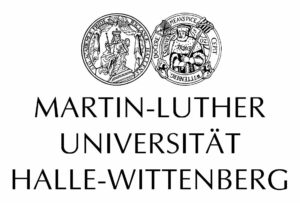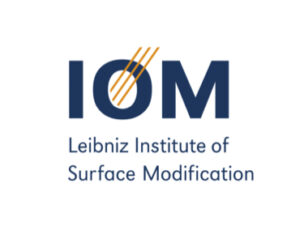The project B08 went through some changes over time. The project investigated :
- Broadband dielectric spectroscopy to study molecular dynamics in nanometer thin layers of blockcopolymers in the first funding period:
2011-2015 - Broadband dielectric and IR spectroscopy to study molecular dynamics and order in nanometer domains of endfixed polymers in the second funding period: 2015-2019
- Refined Infrared Spectroscopy to Study Molecular Orientation and Order in Heterogeneous Polymer Systems in the third funding period: 2019-2023
Kremer
The central finding from the previous funding period was that the dynamic glass transition (segmental fluctuations) of (block co)polymers in nanometric layers (≥ 5 nm) was not influenced by geometrical confinement, while the dynamics and conformation of the chain as a whole (Rouse modes, reptation) changed fundamentally depending on the details of internal and external constraints and their mutual interactions. The investigated block copolymers thus shared strong similarities to homopolymers in nanoconfinement studied in other contexts. Based on these insights, it was planned to widen the scope in the coming application period and to come to a more detailed general understanding of dynamics and conformation of endfixed polymers under internal or external constraints. This comprised grafting to glassy copolymer blocks, to surfaces, and to crystalline lamellae.
As experimental methods, broadband dielectric spectroscopy (BDS) in combination with nanostructured electrode arrangements and Fourier Transform Infrared (FTIR)-spectroscopy including the newly developed Infrared Transition Moment Orientational Analysis (IR-TMOA) would be employed. The former had proven to be a tool of extraordinary sensitivity enabling even measuring the dynamics of single isolated polymer coils. The latter had been extensively used in the terminated project B05 of the applicant and allowed determining the molecular order parameter tensor of the different moieties of any (IR translucent) polymer with respect to the sample coordinate frame. By that, both techniques were complementary in determining dynamics and conformational ordering of the system under study. This opened the chance to address a multitude of novel research topics as follows: (i) Glassy dynamics in macroscopically oriented vs. unoriented nanometric diblock-copolymer layers – a comparison, (ii) molecular dynamics in diblock-copolymers swollen in a selective solvent, (iii) molecular dynamics in grafted homopolymers of varying grafting density, (iv) segmental dynamics and orientation effects of amorphous chains in semicrystalline polymers. The tertium comparationis in all these topics was how internal and external constraints determined dynamics and conformation of polymeric systems under confinement, with a particular focus on chain endfixation as a specific internal constraint.
Highlighted Publications:
- Kipnusu, W.K., M.M. Elmahdy, E.U. Mapesa, J. Zhang, W. Böhlmann, D.-M. Smilgies, C.M. Papadakis, F. Kremer, Structure and Dynamics of Asymmetric Poly(styrene-b-1,4-isoprene) Diblock Copolymer under 1D and 2D Nanoconfinement, ACS Appl. Mater. Interfaces, 7, 12328–12338 (2015)
- Griffin, P.J., A.P. Holt, K. Tsunashima, J.R. Sangoro, F. Kremer and A. P. Sokolov, Ion transport and structural dynamics in homologous ammonium and phosphonium-based room temperature ionic liquids, The Journal of Chemical Physics 142, 084501 (2015)
- Anton, A.M.,R. Steyrleuthner, W. Kossack, D. Neher, F. Kremer, Infrared transition moment orientational analysis (IR-TMOA) on the structural organization of the distinct molecular subunits in thin layers of a high mobility n-type copolymer, Am. Chem. Soc., 137 (18), 6034-6043 (2015)
Other publications of this group:Wycliffe Kiprop Kipnusu, Evgeny Zhuravlev, Christoph Schick, Friedrich Kremer,The Initial Molecular Interactions in the Course of Enthalpy Relaxation and Nucleation ...
Read MoreFriedrich Kremer, Wycliffe Kiprop Kipnusu, Martin Fränzl,Open AccessCommunication Orientation Polarization Spectroscopy—Toward an Atomistic Understanding of Dielectric Relaxation ProcessesInt. J. Mol ...
Read MoreWycliffe Kiprop Kipnusu, Evgeny Zhuravlev, Christoph Schick, Friedrich Kremer,Homogeneous nucleation in polyamide 66, a two‑stage process as revealed by combined ...
Read MoreShahidul Alam, Vojtech Nadazdy, Tomas Vary, Christian Friebe, Rico Meitzner, Johannes Ahner, Aman Anand, Safakath Karuthedath, Catherine S. P. De ...
Read MoreManuel Reiter, Arthur Markus Anton, Jian Chang, Friedrich Kremer, Miriam M. Unterlass, Jiayin Yuan,Tuning the glass transition of siloxane-based poly(ionic ...
Read More






